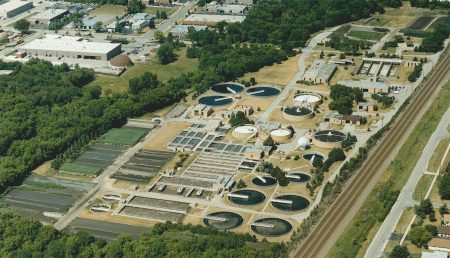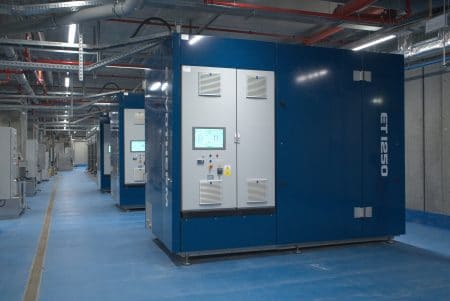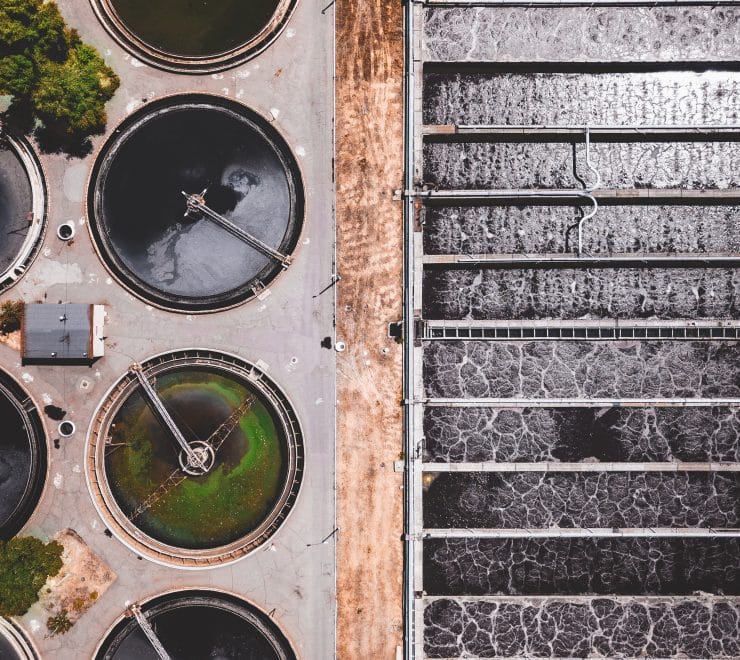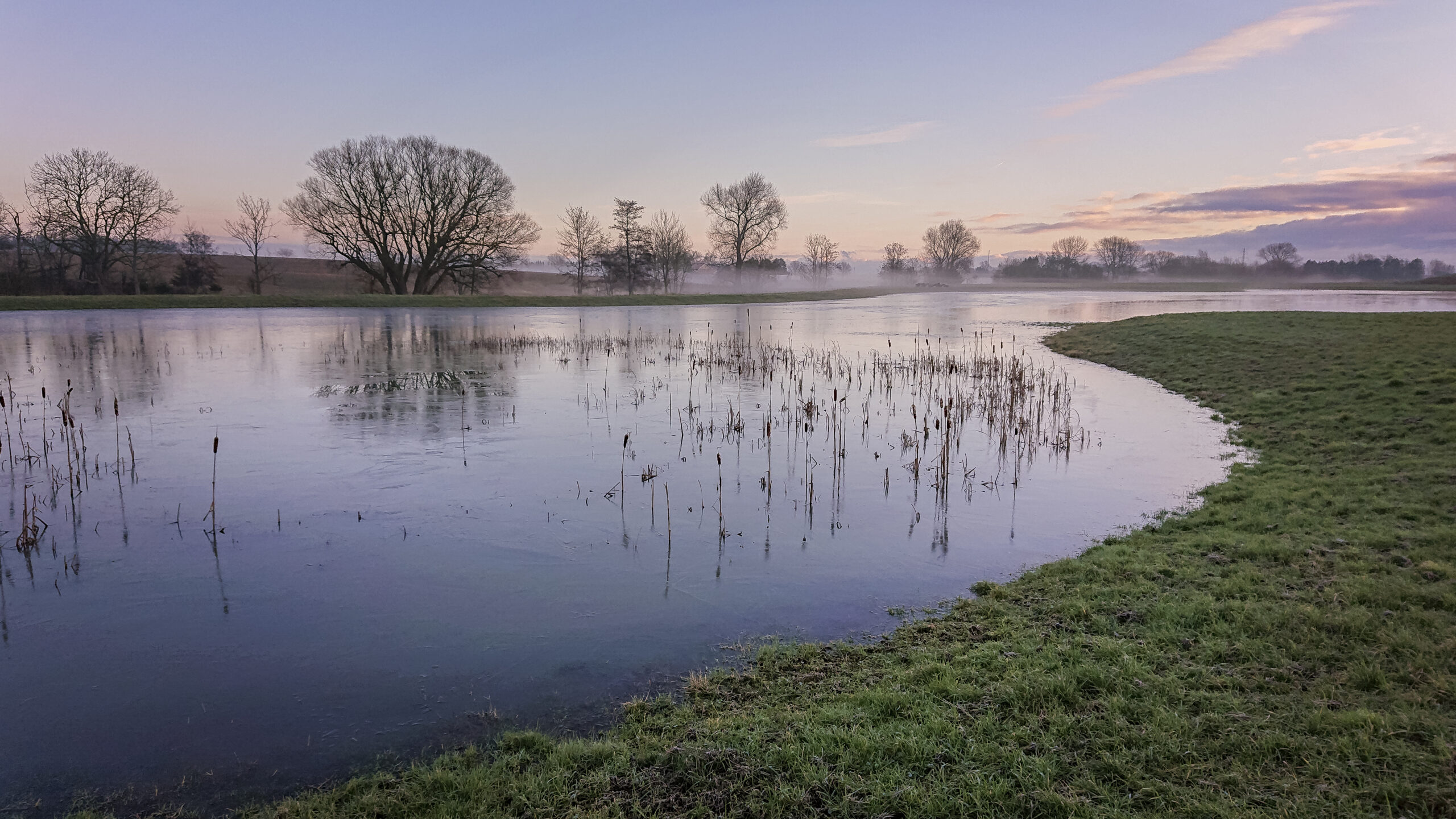News
Energy recovery from wastewater
Resource recovery from wastewater
Wastewater management
+3
3 ways Texas can recover resources from wastewater treatment
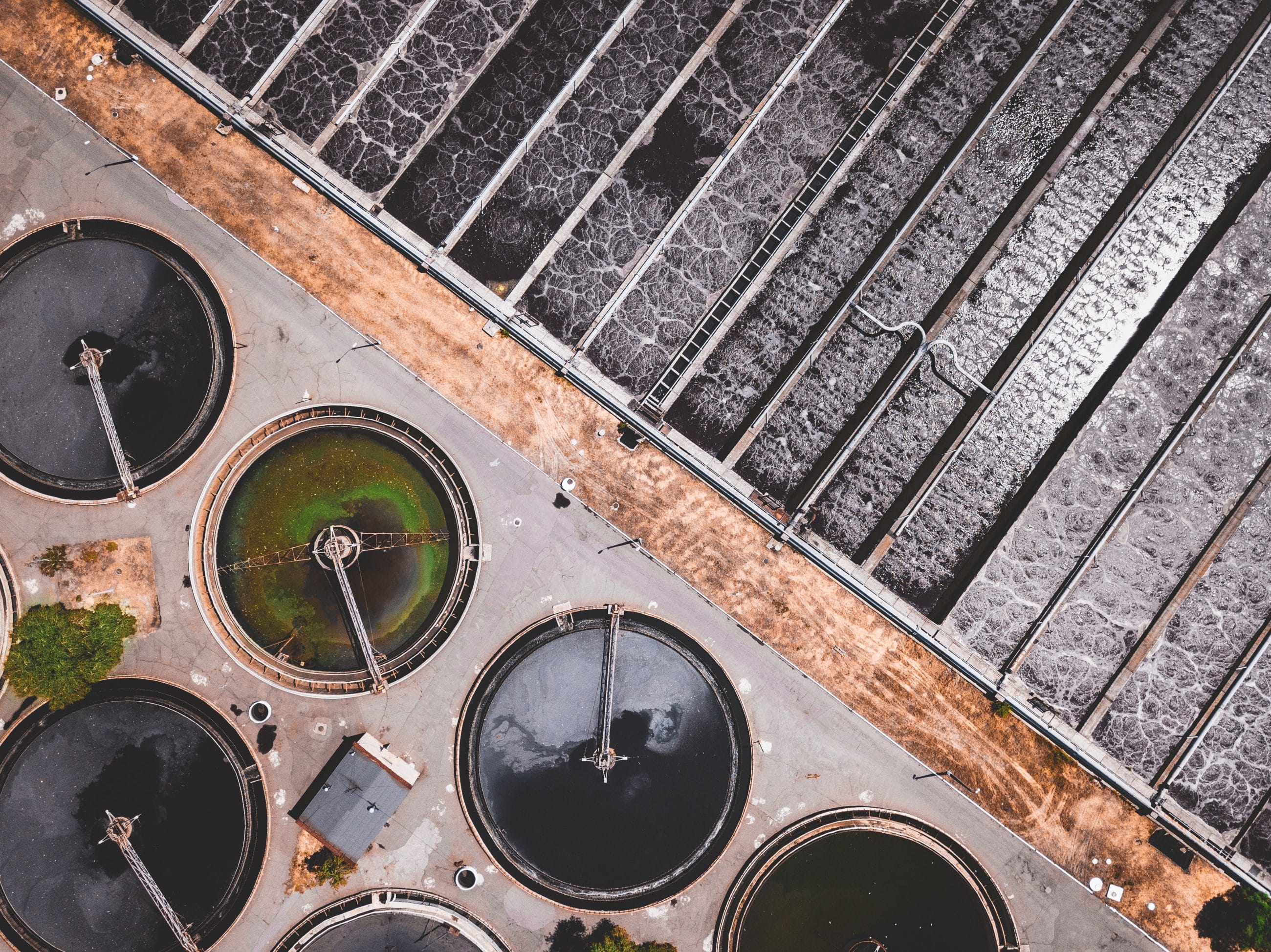

Increasing water scarcity and population growth underline the importance of understanding the value of wastewater. Considering the 70+ per cent population growth that Texas is expecting towards 2070, the state’s current water supply cannot sufficiently accommodate the projected water demands of an additional 21.5 million Texans. According to the Texas Water Development Board’s 2017 State Water Plan, nearly nine million acre-feet — a unit of volume to measure one acre of surface water to a depth of one foot — of additional water supplies is needed to meet the state’s demand for water by 2070. Reusing water with the purpose of mitigating the use of freshwater fit for human consumption could provide 14 per cent of the of the total recommended water supply related to Texas’ estimated population growth.
Do not waste the wastewater
Considering wastewater as a resource is a relatively new perspective. However, today it is widely recognized that the organic content in the wastewater can be a resource for energy production, the nutrients – especially the phosphate – can be used for fertilizer production, and the water itself can be cleaned to such high standards that it can be reused in a number of ways – e.g., for flushing toilets, laundry machines or irrigation of crops. Treating wastewater from a perspective of exploiting its potential contributes to the preservation of freshwater and energy.
Here are three solutions that demonstrate how mindful wastewater treatment can retrieve otherwise lost resources and contribute to energy production and - arguably most importantly - preserve Earth’s natural freshwater reserves.
1. Illinois, United States of America: net-zero energy operations at WWTP
On a global level, the International Energy Agency (IEA) estimates that the water sector accounts for approx. 4 per cent of the world’s total electricity consumption and wastewater treatment alone accounts for a quarter of this. Meeting the UN’s target of halving the proportion of untreated wastewater by 2030 could therefore put significant upward pressure on energy demands, unless energy efficiency and recovery technology is applied at the treatment facilities.
In Illinois, a wastewater treatment plant has dedicated resources to reduce its energy footprint, which has resulted in a 30 per cent reduction in electricity usage at its wastewater treatment plant. The CHP (combined heat and power) plant was installed in 2017 with a payback time of 3.5 years. Total infrastructure investments of roughly USD 5 million are expected to have a 10-year payback period. Read more
2. North Carolina, United States of America: making resources out of waste
Municipal wastewater treatment plants are generally designed for domestic wastewater and not necessarily equipped to handle industrial wastewater, which often contains hazardous substances that may cause problems for biological processes and sludge disposal. Pre-treatment of industrial wastewater at the source can therefore have several advantages. Specifically, treatment can be tailored to the specific industrial pollutants, which typically occur in high concentrations in relatively small volumes of wastewater and therefore requires relatively low investment and operational costs.
In 2018 IMET Alloys USA was looking to replace their maintenance intensive evaporator. The choice fell on Envotherm’s ET 1250 evaporator with additional equipment. The solution makes it possible to reuse 95 per cent of IMET Alloy’s process water with an energy consumption of less than 35 kWh per treated m3 process water and zero liquid discharge. The expected payback time for the investment is 1.5-3 years. Read more
3. Aarhus, Denmark: from wastewater to valuable fertilizer
Traditionally, wastewater has been considered a liability. Meeting increasingly stricter standards for wastewater discharge also increases the costs of treatment. Utilizing the resources in wastewater can prove an important step in the opposite direction. Phosphorus – a scarce and finite resource with great value for the agricultural sector – is accumulated in wastewater sludge and in internal side streams.
If treated properly, it is possible to change this into a controlled harvesting of a pure fertilizer. Recovering phosphorus therefore exemplifies one of the great potentials found in wastewater treatment. For example, Denmark’s phosphorus demand for crop production requires imports of 11,000 tonnes of phosphorus. If similar recovery plants are built at the 50 largest water treatment plants in Denmark, 3,000 tonnes of pure phosphorus fertilizers could be produced every year, representing more than 25 per cent of the country’s imports. Thereby, Denmark would be more or less self-sufficient in phosphorus. Read more
Photo: https://unsplash.com/photos/6wSevhW1Dzc
The true value of water
Wastewater should no longer be thought of as a problem. Instead, let us turn our wastewater treatment plants into energy and resource recovery facilities and thereby protect our groundwater from contamination and further save a natural resource to make space for population growth.
Read more about how Danish solutions can improve wastewater treatment in Texas here.
